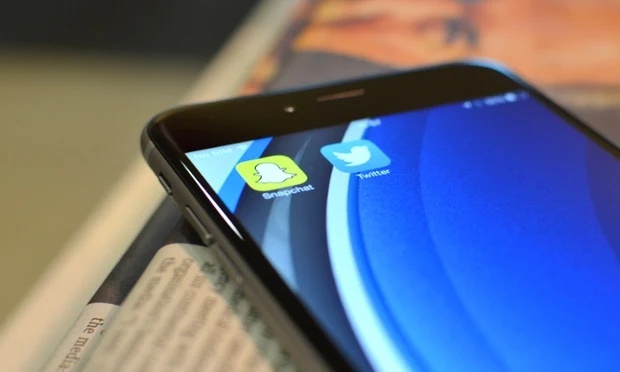CarPlay & Android Auto – Snuggled in Dashboard of Car Test
Cars have now become the new battleground for consumer internet companies and at the Consumer Electronics Show, held at Las Vegas, Google had unveiled a new plan enabling car manufacturers in using a version of its open source Android smartphone operating system wherein Android would power the car’s dashboard based information as well as entertainment system. CarPlay of Apple together with Android Auto of Google has made an appearance and will be snuggled in the dashboard of car.
Apple’s CarPlay is the latest in the in-car entertainment and information system and is a development of its earlier car connectivity with music from iPods and iPhones into car stereo through the dock connector. It utilises Apple’s new Lightning Connector meaning that it is only compatible with the iPhone 5, 5S and 5C though it enables far greater connectivity which comprises the ability to power the navigation system of the car, as well as place calls and read messages aloud. Besides this, it also commands the car and the iPhone through Apple’s voice assistant – Siri. The new technology was announced by Apple at the International Motor show in Geneva, together with a huge list of car manufacturers that would be adopting Apple’s in-car systems.
CarPlay as the iPhone has a flat structure which offers all of its apps and functions as big icons on a scrollable home screen and none of the functions tend to be more than a level deep. There are no sub menus, lists or folders and getting anywhere in the CarPlay interface is a one or two tap functions. It is difficult to find flaws with CarPlay’s organization since there is not much of it there and it is easy and simple. At Android Auto’s screen bottom edge one will notice several icons which provide shortcuts to various functions.
The first to announce that CarPlay to be fitted in certain new cars were Ferrari, Volvo and Mercedes-Benz while BMW, Citroen, Ford, General Motors, Honda, Hyundai, Jaguar, Kia, Land Rover, Mitsubishi, Nissan, Subaru, Suzuki and Toyota had also announced that they would be working on integrating Apple’s CarPlay in their vehicles in the near future. Google had launched its own beating on the in-car area known as the Open Automotive Alliance – OAA which aims in bringing the Android platform to cars in a meaningful manner. It is not just installing Android from a phone in the car, but to adapt it specifically to the in-car experience. According to an OAA statement at the website `the Open Automotive Alliance is a group of leading automakers and technology companies which share a vision in making technology in the car safer, more seamless and more intuitive for everyone’.
The concept is that the OAA will permit car makers with more differentiation than several other competing systems while at the same time, maintain cross compatibility from common software among various car brands. Presently OAA brags on Audi, General Motors, Honda and Hyundai among the car manufacturers together with Google and chipmaker Nvidia from the technology business, indicating that there would be clashes between Google and Apple groups.
It is said that Honda, Hyundai together with General Motors seems to be pledged to both Apple as well as Google, meaning that the models are well-suited with Android and the iPhone from all these manufacturers though may not necessarily be in the same car. It is not known on how the new in-car connectivity camps, if at all, would be co-operating since certain cars are equipped with compatibility for iPhone while others for instance could only have the potential of being connected to an Android smartphone Few car manufacturers, however are in different camps where Ford for instance, presently utilises Microsoft’s system though is also signed up to Apple’s CarPlay while Kia has Android for its existing in-car systems and is also a member of CarPlay.
General Motors that manufactures Vauxhall cars in the UK has signed up with Apple’s CarPlay as well as Google’s OAA together with the GENIVI Alliance along with Honda and Hyundai indicating that the drivers could get the choice of Android or iPhone compatibility from the point of purchasing new car.
There is a possibility that the OAA cars could lend support to Apple’s CarPlay as the system has been shown off by Mercedes, Ferrari and Volvo at the International Motor Show in Geneva, run on BlackBerry’s QNX software.
This has been adopted by the automotive trade due to its history of reliability. Until Apple tends to exclude the OAA from its licensing agreement for CarPlay, some of the cars could default to Android though switch to iPhone connectivity when the iPhone is plugged into the system. Both Android Auto and CarPlay come with extensive lists of third party audio streaming apps and listening to audio content seems to be one of the oldest as well as the safest means of in-car infotainment.









